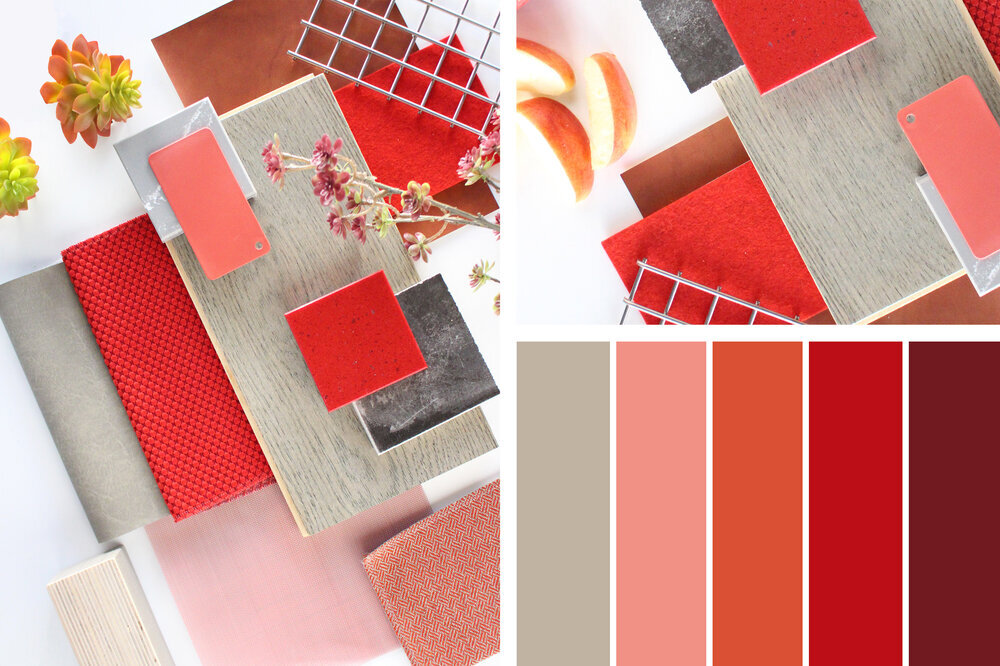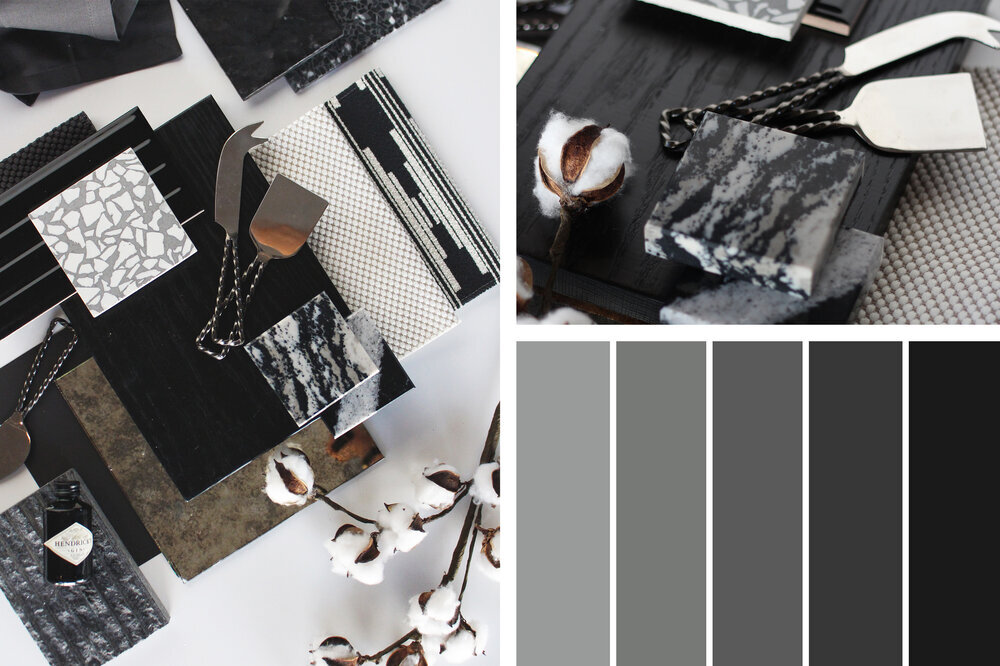The Psychology of Color For Restaurant & Bar Design
What we see influences how we think and what we think influences what we do. When designing a bar or restaurant, it’s important to consider what you want your guests to think, how you want them to feel and what actions you want them to take while dining at your establishment.
What kind of ambiance are you trying to create? How long do you want your customers to stay?
Color is one of the most important factors in every one of these design consideration, so it shouldn’t be just an arbitrary choice. Color should be a decision that’s made after thoughtful deliberation, because it creates an atmosphere—be it upscale or fast food—and can actually stimulate or suppress a customer’s appetite!
The basic six-color color wheel is made up of both primary and secondary colors, and can be divided into thirds, according to their stimulating functions. Here’s a quick rundown of these ranges:
· Strong Stimulants: Yellow, Orange and Red
· Mild Stimulant: Green
· Suppressant: Purple and Blue
You can also combine primary and secondary colors on a wheel to yield a number of other complementary hues. Before you decide on a color palette for your bar or restaurant, consider the psychology of each shade. Here are seven popular food and beverage industry colors, as well as the impact each one can have on the customer experience.
RED
The color red is associated with energy, strength, power, passion, desire and love. You’ve probably noticed that the fast food industry is stocked with this color—that’s because it’s highly effective at grabbing attention and eliciting feelings of speed and efficiency.
When it comes to designing with the color red, the hue really matters. The brighter the red, the more it stimulates conversation and raises your heart rate. The deeper and duller the shade, the more it elicits passion and power. Either shade, however, enhances human metabolism.
Fast food companies may have the color red on lock, but that’s not to say it can’t be used in the gourmet food arena. Red can be an effective color in this space when paired with complementary pigments.
PINK
Calming, feminine and romantic, pink is associated with tenderness, vulnerability, youth, innocence and a gentle type of love. It’s often used by more female brands, but that’s not always the case.
Pink food—like cotton candy or sprinkle donuts—is generally considered unnatural and perceived as indulgent. In design practice, shades of pale pink can be relaxing and have actually been used in prisons to calm violent inmates. On the flipside, bright shades of the color are more stimulating. Overall, pink is a great color to use for a sweet shop or bakery because it tones down the physical passion of red, replacing it with a gentle energy that is soft, light-hearted and approachable.
YELLOW AND ORANGE
Psychologically speaking, the colors yellow and orange reflect energy, increased mental activity, creativity, and the feelings of being happy and comfortable. Like red, you tend to see yellow and orange used in fast food restaurants where they desire a quick customer turnaround.
More neutral forms of yellow and orange, like beige, can have an earthy effect, which can be useful for organic or natural-centric brands.
The colors yellow and orange can also be used to alleviate feelings of guilt associated with more “indulgent” foods, like frozen yogurt or hamburgers, because they’re feel-good and happy colors that make people more comfortable with their food choices.
GREEN
Growth, harmony, freshness and fertility—just a few of the attributes that are associated with the color green. Because of its tie to the environment, green is most commonly used in brands that promote healthy, fresh, organic or vegetarian lifestyles. It’s also the color most often linked to good flavor!
Lighter and more vibrant greens are good to use if you’re trying to highlight the “natural” features of a menu, while darker and deeper greens tend to be more conservative and masculine. These darker shades fare especially well in pubs and bars.
BLUE
Blue evokes feelings of peacefulness, authenticity, spirituality and sincerity. Since blue is a suppressant, it’s best used in drinking environments vs. dining environments, as it evokes a feeling of thirst.
However, blue can be used effectively with food when trying to signify freshness, like with seafood or in nautical-inspired environments. The key is to pair the color blue with a lot of neutrals, like brown, beige and white. Blue is also probably best used in cases where minimizing calorie consumption is the underlying theme of the menu.
PURPLE
The color purple is tied to royalty, power, nobility, luxury, mystery, imagination and ambition. It’s a complex color—the combination of the stability of blue and energy of red.
Purple is most often seen as a royal color, because in ancient times, the color purple was not often found in nature, which meant creating a dye to color fabrics took extra effort. The resources needed to create this dye were harder to come by and therefore more costly to make.
Purple is rarely used in restaurants, because it’s often attached to foods that aren’t enjoyed by all—eggplant, red onions, purple cabbage and the like. People don’t often find these foods particularly “drool worthy,” so purple rarely makes its way into food and beverage interiors.
Although purple is a suppressant, it can be used in small quantities to give your restaurant an air of luxury, or to send the message that your menu is innovative and imaginative.
BLACK
A mysterious shade, the color black evokes feelings of power, elegance and formality. A concentration of black with a lack of other color can give off a very chic feel that creates an ambiance of simplicity, sophistication and even boldness.
When used sparingly, black has a grounding effect on an environment due to the heaviness it elicits. In feng shui, black is associated with the water elements and represents power, mystery and calm.
Color psychology isn’t always so black-and-white. There are variations to the pure state of every color—saturated, de-saturated, brightened, darkened—and such variations can affect its perceived intention.
And, color mixing plays an important role, too. When using multiple color combinations, know that some shades may resonate with their original meaning or may be altered if placed with a color that impacts its initial profile. Also, if you’re combining hues, consider the primary color and the secondary color. Do your selections complement or contrast one another? What is the intent you’re after and does this combination accomplish that?
Moreover, there are cultural associations with each color that could significantly impact the feeling and vibe you’re going for, so it’s important to fully understand your user-base when making color selections.
And, finally, if you’re looking for sophisticated shades of each colorway, Pantone is a fantastic resource! Pantone is a color partner for the design industry, offering tools for color-focused needs in print, apparel and packaging.







